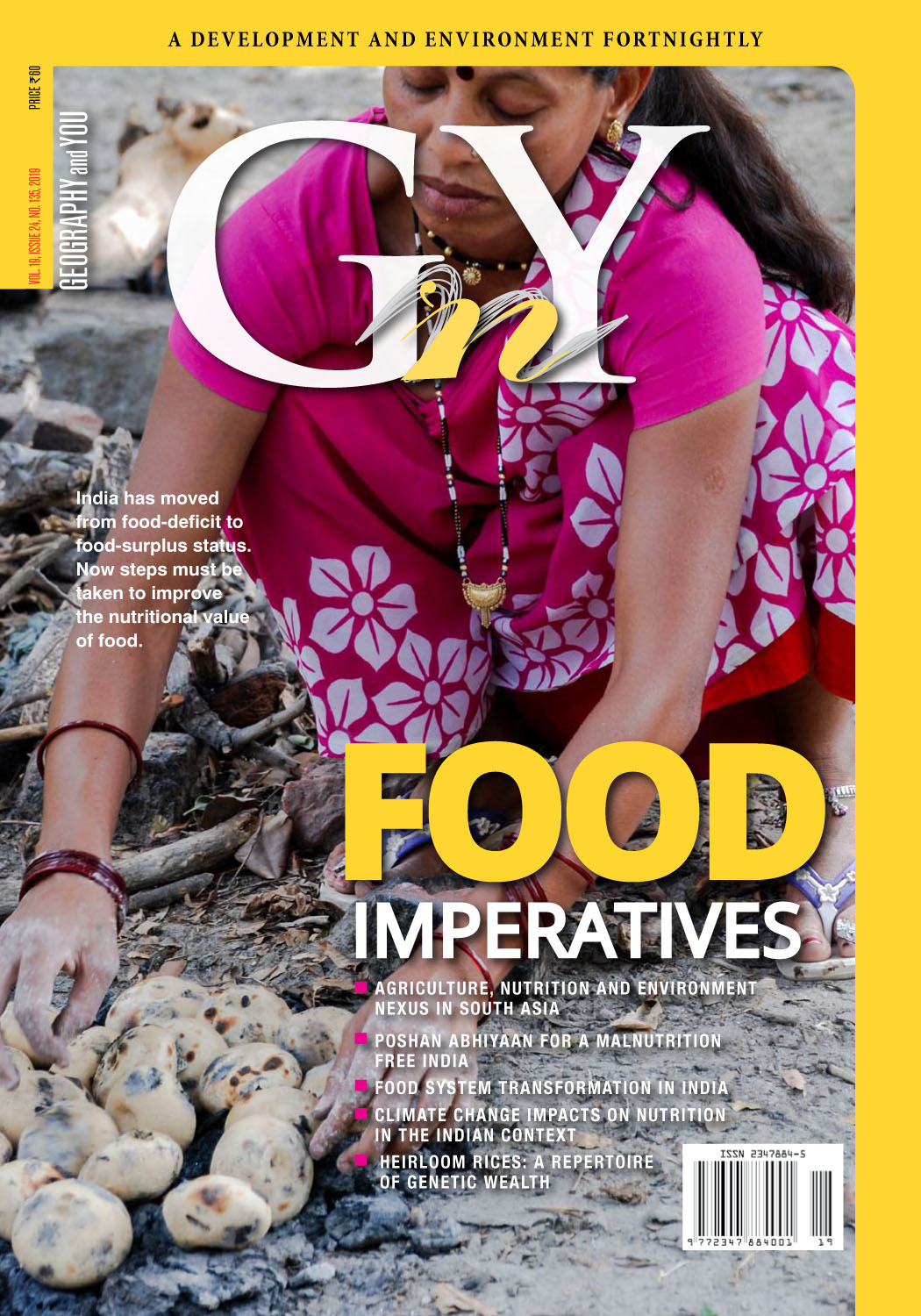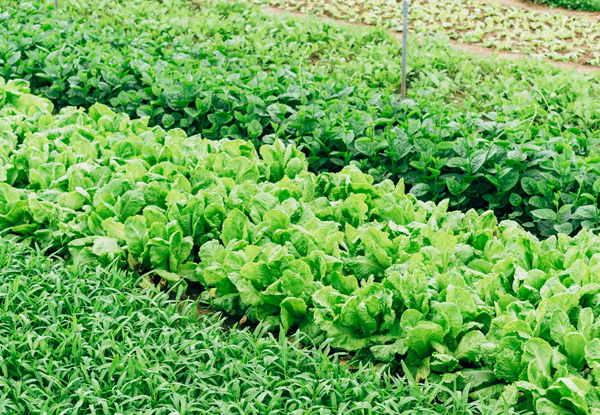
Inside this issue
Food Imperatives
Food systems are at the nexus of food security, nutritional health, ecosystems, climate change, and prosperity. Agricultural policies have focused on increasing food production, but may have neglected the negative externalities on nutrition, natural capital, and biodiversity. A new paradigm on food system transformation is emerging using the concept of ‘planetary boundaries’ in defining the ‘safe operating space’ for stability of the earth system and human health.
Post-Green Revolution, India has witnessed a dramatic increase in wheat and rice production from 50 to 203 million tonnes between 1950 and 2000. This transformation has come about, in part, through the expansion of groundwater irrigation in northwestern India. However, large-scale groundwater pumping has aggravated waterlogging, salinisation, pollution and caused a steep decline in water tables. Improved water use efficiency, crop diversification and better regulations are needed to arrest the over-exploitation of groundwater across the region.
To achieve malnutrition-free status, India’s development agenda needs to tackle its ‘double burden’ of malnutrition, under-nutrition and obesity at the same time. It is in this context that the POSHAN Abhiyaan provides an opportunity to counter malnutrition and usher in a new era in food and nutrition security.
Achieving healthier diets requires a thorough understanding of the diversity and drivers of food choice. The International Rice Research Institute developed a ‘Food Choice Application’ featuring 162 unique Bengali dishes and captured the weekly meal plans of 177 low to middle income households in West Bengal. Food choices varied by gender and between urban and rural communities¬ affected primarily by budget constraints and to a lesser extent by behavioural change communication towards healthier diets.
From food deficit to self-sufficiency and then to surplus production, India is moving towards a ‘sustainable’ food system. Changing consumption patterns from cereal-based diets towards more nutrition-rich commodities and increased expenditure on non-food items are all fuelling the demand for services such as education, health and transport.
Achieving country and global nutrition targets is essential for delivering the Sustainable Development Goals 2030. Despite concerted efforts of the Indian government and its partners, malnutrition persists at critical rates. Understanding the interlinkages between climate change, agriculture and nutrition can help enhance health and productivity.
There is an increasing demand for vegetables in mega cities and large towns, especially among urban consumers, mostly met by vegetable production in the peri-urban areas. However, farming practices using wastewater and large amounts of agrochemicals along with atmospheric depositions of heavy metals have resulted in contamination posing a health threat to consumers.
With 3000 genomes of rice varieties now sequenced, plant breeders are identifying new genes for traits such as better grain quality, yield, nutrition and biotic and abiotic stress tolerance. Working with partners, International Rice Research Institute (IRRI) and the Centre of Excellence in Rice Value Addition (CERVA) at IRRI-SARC are prioritising this research.
In brief
Food Imperatives in India I once watched an exasperated TV anchor asking a scientist that if there are so many deficiencies in our food systems–from production to consumption, where does one even begin? His helplessness rang true for most of us. Attempts to develop our food systems have been unde
Nutrition and India’s Food Systems Food systems are deeply entwined with food security, nutritional health, ecosystems, climate change, and prosperity. The Green Revolution enabled countries in South Asia move from food deficit to self-sufficiency, particularly in cereals. In the process, millio

